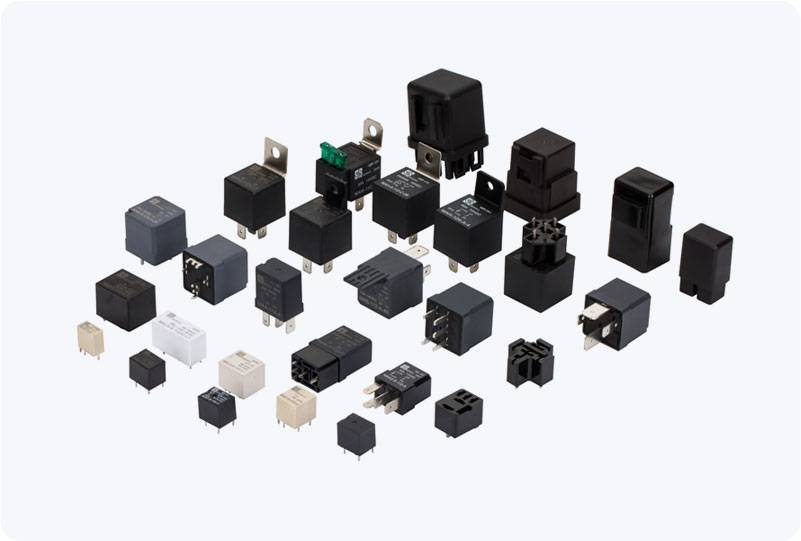Relays are essential components in electrical and electronic systems, providing a means to control high-power circuits with low-power signals. Among various types of relays, the 30A High-Power Relay stands out due to its capability to manage high current and power loads. Whether you are designing industrial equipment, home appliances, or automotive circuits, understanding the functionality and applications of a 30A high-power relay is crucial. In this article, we’ll explore its features, applications, and important considerations for selecting the right 30A relay for your project.

What is a 30A High-Power Relay? A 30A High-Power Relay is a type of relay designed to handle electrical loads of up to 30 amps. These relays serve as electronic switches, allowing a low-power control signal to control high-power devices. A typical relay consists of a coil, a set of contacts, and a spring mechanism. When a control signal energizes the coil, the contacts are either closed or opened, enabling the relay to connect or disconnect the high-power circuit. The “30A” in the name refers to the relay’s ability to handle currents up to 30 amps, which is suitable for applications requiring substantial power. The relay can function in both AC and DC circuits, with varying voltage ratings depending on the application. For example, it may be rated for 12V DC, 24V DC, or 240V AC, among others.
Leave a Reply
You must be logged in to post a comment.